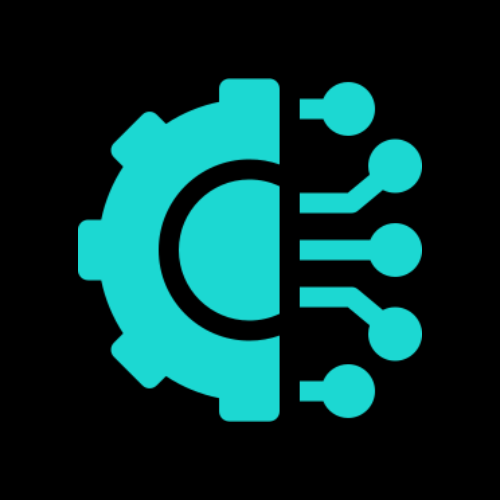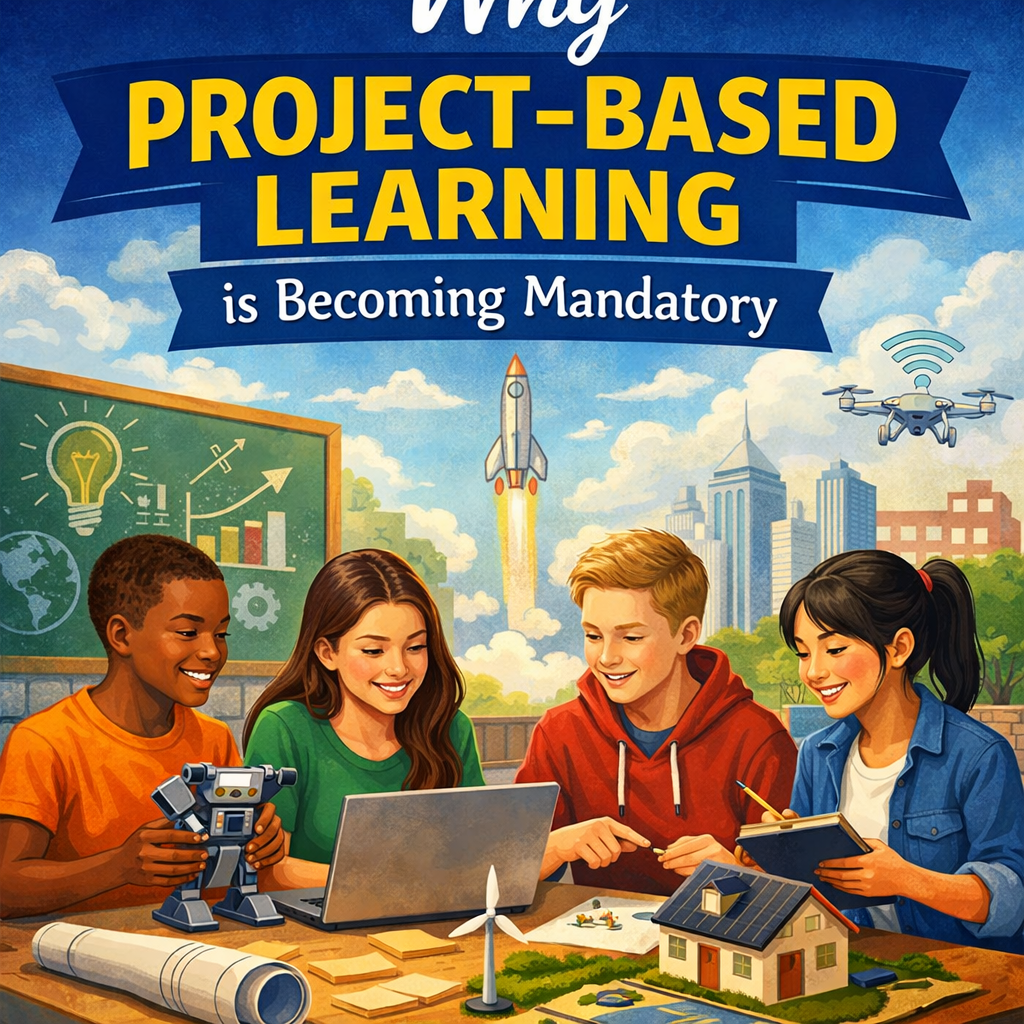Introduction
In today’s time, the job market is very competitive. Every day, thousands of candidates apply for one position only, but recruiters have limited time to see every candidate’s resume. That’s why employers mostly use job tools and applicant tracking systems to find the right candidate quickly. If you apply blindly, then your application might get ignored, although you are so talented. But if you use job tool hacks like resume optimization, creating a strong LinkedIn profile, and the right use of AI tools, then recruiters will notice you very easily.
You can view summary here.
Best Job Tool Hacks:
1. Resume Optimization Hacks
A resume is your first impression, but only attractive designs do not work in today’s ATS world. You have to include keywords from job descriptions smartly in your resume. For example, if there is written “content strategy” or “SEO writing” in your posting, then you have to use exact keywords in your assumption in the “skills” and “experience” section. Tools like Jobscan and resume.io help to make a resume ATS-friendly. Another hack is to use a simple phone and bullet points because ATS gets confused by complex formatting. And optimizing a resume not only increases the chance of shortlisting but also shows recruiters that you are detail-oriented.
2. LinkedIn Profile Hacks
In today’s time, LinkedIn is the biggest job hunting and networking platform. But only creating a profile is not enough. You must make your ‘headline’ and ‘about section’ engaging and keyword-rich. Example: Content writer |SEO specialist| helping brands grow online.” Keywords like this make you discover a recruiter. Tools like Worded and Taplio analyse your LinkedIn profile and suggest improvements. Do regular engagement like liking posts, sharing industry updates, and connecting with recruiters. Regular engagement increases your visibility. Personal branding is a strong hack on LinkedIn that makes you stand out in the competition.
3. Job Alert & Application Tracking Hacks
The biggest problem in the job hunt is searching for relevant jobs quickly. If you search manually daily, then the chances of getting selected get low. That’s why setting an alert for a relevant job is a smart hack. Set alerts using filters on LinkedIn, Indeed, and Glassdoor to get notifications and emails of new postings. Tools like huntr and teal help you to stay organised. From this, your process looks professional and you don’t miss any opportunity.
4. Networking Hacks with Job Tools
“Network is your net worth” – this line is 100% true for a job search. Many times, the best jobs come directly through referrals or hidden networks. You can use AI tools to write personalized connection requests so that instead of sounding generic, you appear genuine. Example: “Hi [Name], I loved your recent post on [topic], would love to connect and learn from your experience.” Such messages increase the acceptance rate on LinkedIn. Similarly, email finder tools like Hunter.io help you reach hiring managers directly. These hacks make you a proactive job seeker who leaves a strong impression on recruiters.
5. Interview Preparation Hacks
If you have shortlisted from the resume and are working, then your next step is an interview. Most candidates get nervous in an interview. The solution is that you can use the warm-up tool of Google to practice common interview questions, which are AI-based. Tools like ChatGPT provide you with the best answers for behavioral questions. Another hack is to record your mock interview so that you can analyze your body language and tone. Nowadays, video interviews are common, which is why focusing on confidence and clarity is very important. These hacks help you to be confident in an interview.
6. Skill Enhancement Hacks
A recruiter always finds candidates who keep updating their skills. You can identify your skill gap with the use of job tools. For example, if there is a demand for Google Analytics and we can design a job description, and you don’t have their skills, then you can learn those skills for free or at a low cost on platforms like Coursera, Udemy, and LinkedIn. This hack makes you relevant and job-ready. From this, you can show the employer that you are proactive and you can evolve yourself according to the market.
7. Personal Branding Hacks
In this digital era, creating a professional portfolio or personal brand is a very powerful hack. Don’t depend only on a resume, create your own personal website or portfolio using free tools like Notion, Carrd, or Wix. Showcase your project writing samples or achievements in this. Also, post valuable content on LinkedIn, like industry insider career learning or case studies. Use tools like Canva to make a visually appealing resume and cover letter. This all shows you like an expert, and an employer sees you as a brand, not as a candidate.
8. AI & Automation Hacks
AI helps take your job search to the next level. You can create personalized cover letters with the use of tools like ChatGPT. Also, some job boards give AI-based recommendations that suggest relevant jobs. For automation, you can use Chrome extensions or Job Bot tools, which automatically fills repetitive applications. But the biggest hack is balance – use automation to save time but keep it personalized so that you don’t look like spam. It makes you unique as a Recruiter.
9. Follow-Up Hacks
Many candidates go into wait mode after applying, but for recruiters, that application often just becomes part of the crowd. This is where the follow-up hack comes in. If you’ve applied for a job and haven’t received any response within 7–10 days, politely sending a follow-up email or LinkedIn message can be very effective. Example: “Hi [Recruiter’s Name], I recently applied for the [Job Title] role at [Company Name] and I’m really excited about the opportunity. Just wanted to check if there’s any update from your side.” Such professional and polite follow-ups show recruiters that you’re genuinely interested and have a proactive approach. This small effort helps you stand out from other applicants and increases your chances of getting an interview call.
Psychological Hacks for Job Search
Job search is a roller coaster ride, sometimes excitement, sometimes frustration. Facing rejection is normal, but the problem arises when candidates take it personally and start losing motivation. Hair psychology has helped candidates. These hacks boost your confidence, patience, and positive mindset so that you stay strong in the long term.
1. Rejection is feedback, not a failure.
Most candidates feel demotivated after rejection. But rejection does not always mean “not capable”. Sometimes it means “not fit for this role right now.” If you treat every rejection as feedback, then you will improve your approach.
Create a rejection journal in which you include information like the job you applied for, the reason for rejection, and what you need to improve. From this, you will be able to convert negative energy into productive action.
2. Make a daily job search routine.
Psychologically, making a routine can decrease stress and increase productivity. If you apply for a job after a gap of one week or after a month then it can break your motivation.
A Focused job search routine of 1- 2 hours is more productive than putting scattered effort into the whole day. It decreases your anxiety and your brain makes a habit.
3. Use the visualization technique
Athletes use visualization, the image of their winning game. Like this, you can also visualize that you are cracking your interview. This technique helps you build your confidence.
Say positive affirmations in front of a mirror for 5 minutes daily. You can say “I am confident, I am skilled, and I will get my dream job.” This small habit trains the subconscious mind.
4. Instead of an overwhelming target, set micro goals.
Usually, candidates say “I want a job quickly”. This is a vague and overwhelming target. Frustration level increases when you are not able to achieve any big goal.
Instead of “I need a job soon”, say “today I will apply to three relevant jobs”.
To track your progress, use a habit tracker or Trello boards. Celebrating small wings can sustain motivation for the long term.
5. Create a positive environment.
The environment directly impacts your mindset. If you are in a negative and demotivating environment, then naturally, the job search will feel boring and stressful.
Keep your desk clean, and put a vision board of the title of your dream job. Take short breaks in your job search, like listening to music, going for a walk, or doing meditation. This mental recharge will increase your productivity 2x.
Common Mistakes to Avoid
Job tools and hacks make your job search fast and effective, but if you are not using them effectively, then those who will can also take you backward. Many job seekers are unknowingly making mistakes that decrease their chances of getting shortlisted. Let’s see those common mistakes in detail that you should avoid to get selected.
1. Sending a single resume everywhere.
The biggest mistake is sending a generic resume for every job. Every job has different requirements, like in some roles SEO knowledge is important and maybe in another one, the main importance is of the content strategy. If you send the same resume everywhere, then it shows the recruiter that you haven’t put any effort.
Solution: For every job, customize your resume. Add keywords that are mentioned in the job description. It increases the chance of passing through ATS. Tools like JobScan make it easy to do this process.
2. Stuffing keyword
Another mistake is stuffing keywords. Using keywords in a resume is important, but if you stuff keywords unnaturally, then the recruiter can feel that it’s a fake. Maybe ATS will shortlist you, but when the recruiter reads it, they understand that the candidate has used a lot of keywords just to pass ATS. If you write a single skill a lot of time, for example, “SEO, SEO, SEO”, then your credibility will be reduced.
Solution: integrate keywords naturally. Examples “executive SEO strategies that increase website traffic by 45% in 6 months”. Build the trust of the creator and also make ATS satisfied.
3. Outdated resume and LinkedIn profile
Many candidates create a resume in advance and forget to update it. Recruiter prefer updated and active candidates because it shows that they can evolve according to the market.
Update your resume and LinkedIn every 3 to 6 months. Add new project skills and achievements. Use the “open to work” feature on LinkedIn.
Solution : “How to Write a Resume That Gets Noticed in 2025? “ Read it to solve your mistake.
4. Over-reliance on automation.
AI and automation are very helpful in job search, but depending wholly on those tools is a big mistake. If you send an application with the same auto-generated cover letter, then you stand out as a spam front of recruiters. Use automation to save time but always include a personal touch. Edit the AI generator draft, add your experience, and genuine interest.
5. Ignoring networking.
Many candidates only rely on job portals and ignore networking. But the fact is that the best job comes from a reference and a hidden network. If you are not creating a network, then you are closing doors for yourself.
Example: Two candidates apply to the same company. One has an internal referral, and another is applying blindly. Then the first candidate will be shortlisted not the second one.
Solution: Stay active on LinkedIn, connect with recruiters and industry professionals. With the help of networking, you get insider job opportunities which are not listed on job portals.
Conclusion
Job search is often seen as just an “application process,” but in reality, it is also a mental game. Your attitude, mindset, and perspective can either make the journey smoother or extremely challenging. Tools and strategies are definitely important, but if you are not mentally prepared, everything may feel incomplete. That’s why understanding and applying psychological hacks is equally essential.
Learning not to take rejections as failures, creating a consistent routine, breaking your goals into smaller steps, and surrounding yourself with positivity helps build long-term resilience. Techniques like visualization and gratitude give you fresh motivation every day, while avoiding the comparison trap allows you to value your unique journey instead of feeling discouraged by others’ progress.
The biggest lesson these hacks teach is: Job search is not a race, it is a journey. Every rejection takes you one step closer to your dream job, as long as you stay patient, consistent, and keep giving your best.







Leave a Reply